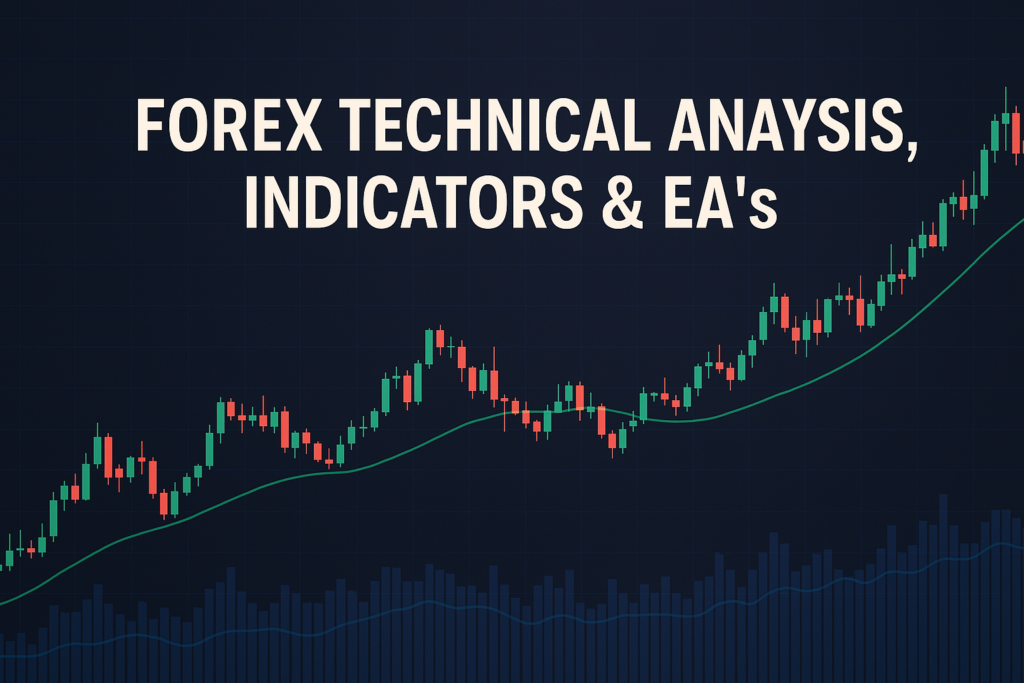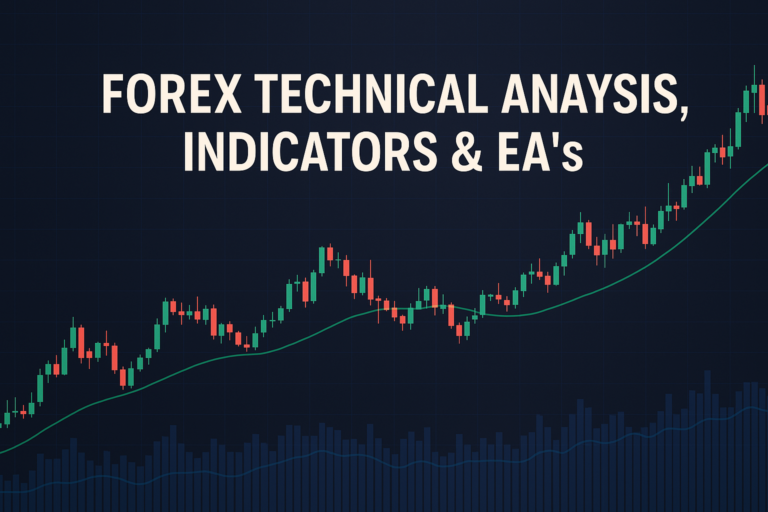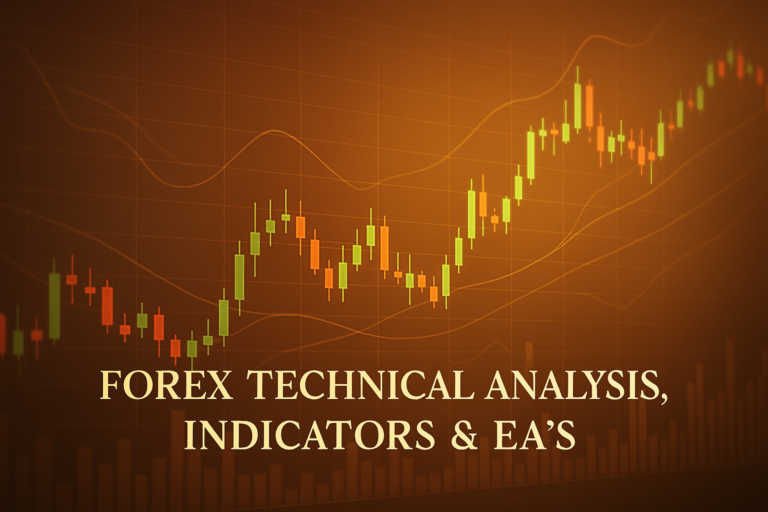
Best moving average for 1 hour chart helps traders identify trends and make informed decisions in Forex.
The best moving average for 1 hour chart is a key tool in Forex trading. It helps traders make sense of the chaotic price movements in the market. By smoothing out price data, it provides a clearer view of trends and potential entry and exit points. This is particularly valuable for those trading on shorter time frames, like the 1 hour chart.
However, many traders, both beginners and experienced, often struggle with understanding how to use moving averages effectively. They may feel overwhelmed by the various types and settings. This can lead to missed opportunities or incorrect trades. That’s why it’s crucial to learn how to apply moving averages properly to reap their benefits.
In this article, we will explore the best moving average for a 1 hour chart. We’ll discuss its types, advantages, disadvantages, and how to apply it using popular trading platforms. We will also go over several trading strategies that utilize moving averages effectively.
For those interested in the latest trends, you can check out the EUR/USD Forecast for insights on market movements.
What is the Best Moving Average for 1 Hour Chart?
The best moving average for a 1 hour chart is like a friendly guide on your trading journey. It takes the noisy price data and turns it into a smooth line, helping you see the direction of the market clearly. Instead of getting lost in the chaos, traders can focus on this line to make informed decisions.
Types of Best Moving Average for 1 Hour Chart
There are different types of moving averages that traders can use:
- Simple Moving Average (SMA): This is the most basic type. It averages the closing prices over a set period.
- Exponential Moving Average (EMA): This type gives more weight to recent prices, making it more responsive to changes.
- Weighted Moving Average (WMA): Similar to EMA, but assigns different weights to each price based on its position in the time frame.
How Best Moving Average for 1 Hour Chart Smooths Out Price Action
Moving averages work by averaging past prices over a specified period. This creates a line that represents the average price over time. For instance, if you look at a 10-period moving average, it shows the average price of the last 10 candles. This smooths out short-term fluctuations and helps traders see the overall trend.
Common Periods Used and Why
Traders often use different periods for moving averages on the 1 hour chart. Common periods include 10, 20, and 50. A shorter period, like 10, reacts quickly to price changes, while a longer period, like 50, shows a broader trend. Choosing the right period depends on your trading style and strategy.
The History of Best Moving Average for 1 Hour Chart: How It Became Popular
Origin of Best Moving Average for 1 Hour Chart
The concept of moving averages dates back to the early 1900s. Traders began to use them to identify trends and make better trading decisions. It was created out of necessity as traders needed a way to filter out noise in price movements.
When Did Traders Start Using It Widely?
As technology advanced, moving averages gained popularity in the 1980s and 1990s. With the rise of computers and trading software, traders could easily calculate and apply moving averages to their strategies.
Real-Life Stories
Many professional traders have credited moving averages for their success. For example, a trader might have used a simple crossover strategy involving a short-term and long-term moving average to identify a profitable trend. By sticking to this simple method, they could consistently make profitable trades over time.
Advantages and Disadvantages of Best Moving Average for 1 Hour Chart
Advantages:
- Helps Identify Trends Easily: Moving averages provide a clear visual representation of the trend direction.
- Useful for Dynamic Support and Resistance: They can act as support or resistance levels that change as prices move.
- Works Well for Crossover Strategies: Traders can utilize crossovers between different moving averages to signal buy or sell opportunities.
Disadvantages:
- lags Behind Price Movements: Moving averages react to past prices, which can result in late signals.
- Can Give False Signals in Sideways Markets: In ranging markets, moving averages may produce misleading signals.
How to Apply Best Moving Average for 1 Hour Chart on MT4 & MT5
Step-by-step Guide to Adding Best Moving Average for 1 Hour Chart on Charts
To add a moving average on MT4 or MT5, open your chart, click on “Insert,” then “Indicators,” and choose “Trend.” From there, select “Moving Average.” Adjust the settings to fit your strategy.
Customizing Best Moving Average for 1 Hour Chart Settings
You can customize the moving average settings to suit your trading style. Adjust the period, color, and type (SMA or EMA) to make it visually appealing and aligned with your strategy.
Saving Templates for Easy Application
Once you’ve set your preferred moving average, save it as a template. This way, you can easily apply the same settings to other charts without starting from scratch.
5 to 7 Trading Strategies Using Only Best Moving Average for 1 Hour Chart
Strategy Name: Crossover Strategy
Best Time Frame: 1 Hour
How It Works: When the short-term moving average crosses above the long-term moving average, it signals a buy. Conversely, a crossover below signals a sell.
Example of Trade Setup: If the 10-period EMA crosses above the 50-period EMA, consider entering a buy trade.
Strategy Name: Trend Following
Best Time Frame: 1 Hour
How It Works: Trade in the direction of the moving average. If the price is above the moving average, look for buying opportunities.
Example of Trade Setup: If the price is consistently above the 20-period SMA, look for bullish patterns to enter long positions.
Strategy Name: Pullback Strategy
Best Time Frame: 1 Hour
How It Works: Wait for a pullback to the moving average before entering a trade in the trend direction.
Example of Trade Setup: If the price is trending up and pulls back to the 50-period SMA, consider buying at this level.
Strategy Name: Reversal Strategy
Best Time Frame: 1 Hour
How It Works: When the price touches the moving average and shows signs of reversal, consider entering a trade in the opposite direction.
Example of Trade Setup: If the price bounces off the 20-period EMA, look for sell signals.
Strategy Name: Scalping with Moving Averages
Best Time Frame: 5 Minutes – 1 Hour
How It Works: Use short-term moving averages to scalp small profits in trending markets.
Example of Trade Setup: Use a 5-period EMA for quick entries and exits in a strong trend.
Strategy Name: Swing Trading with Moving Averages
Best Time Frame: 1 Hour to Daily
How It Works: Identify swings in the market using moving averages as entry and exit points.
Example of Trade Setup: Buy when the price touches the 50-period SMA during an upward swing.
For those interested in managing their investments better, consider exploring an fx trade account for further insights.
Top 10 FAQs About Best Moving Average for 1 Hour Chart
1. What is a moving average?
A moving average is a calculation that takes the average of a set of prices over a specified period to smooth out price data.
2. Why use a moving average on a 1 hour chart?
Using a moving average on a 1 hour chart can help traders identify trends and make informed decisions quickly.
3. What is the best type of moving average to use?
The best type depends on your trading strategy. Many traders prefer the Exponential Moving Average for its responsiveness.
4. How do I choose the right period for a moving average?
Shorter periods react quickly to price changes, while longer periods show broader trends. Choose based on your trading style.
5. Can moving averages signal reversals?
Yes, when the price approaches a moving average and reverses, it can indicate potential support or resistance levels.
6. How do I avoid false signals with moving averages?
Combine moving averages with other indicators or patterns to confirm signals and reduce false entries.
7. Are moving averages suitable for all markets?
While popular, moving averages may not be effective in all market conditions, especially sideways markets.
8. How can I test moving average strategies?
Use a demo account to test your moving average strategies without risking real money before going live.
9. Do professional traders use moving averages?
Yes, many professional traders use moving averages as part of their trading strategies for trend identification.
10. Can I use moving averages on longer time frames?
Absolutely! Moving averages can be applied to any time frame, from minutes to daily charts, depending on your trading goals.
Conclusion
In summary, understanding the best moving average for a 1 hour chart is essential for both beginners and experienced traders. It can provide clarity in the often chaotic Forex market. By applying the right moving averages and strategies, traders can make informed decisions and potentially increase their profits.
Before diving in with real money, take the time to test different strategies and settings. Find what works best for you, and remember, consistency is key in trading.
If this topic interests you, you’ll find more practical tips here Benzinga, The Motley Fool
Expand Your Knowledge
- 📌 Forex Trading Learning Road Map
- 📌 Forex Trading Course with no Fees
- 📌 Forex Trading Issues, Problems, and Solutions
- 📌 Forex Daily Forecast & Live Updates
- 📌 Forex Fundamental & News Analysis: Tomorrow’s Market Movers & Trade Opportunities
- 📌 Forex Education Hub: Learn & Profit
- 📌 Forex Technical Analysis, Indicators & EA’s
Start Trading Today
Ready to take your forex trading to the next level? Open an account with Exness, one of the most trusted platforms in the industry. 👉 Sign Up Now and trade with confidence!
My recommended broker stands out with ultra-low spreads for beginners, instant withdrawals, and zero spread accounts for pro traders.
Trusted since 2008, lightning-fast execution, no hidden fees, and a secure, transparent trading environment—giving you the edge you need to succeed. 🚀
YouTube Video Library: Related Videos
The PROVEN 1-Hour Trading Strategy 85% Win Rate You Can Start Today
I Found An AMAZING Trend Following Strategy #shorts
Simple Forex Trading Strategy: Trading with the 20 Period SMA!
All types of #moving #average #crossover simplified #technical #analysis #learn #stock #trading
Which Moving Average is The Best? (EMA vs SMA) #shorts
Best moving average trading strategy intraday 100 % accuracy sure shot profit share market
Is a 1 hour time frame good for swing trading?
Note: The video above is embedded from YouTube and is the property of its original creator. We do not own or take responsibility for the content or opinions expressed in the video.



